Architectural Aspects
Buildings can benefit from the practicality and aesthetic appeal of using stainless steel.
Stainless steel was widely used during the Art Deco era, with the Chrysler Building’s upper part being its most well-known example. Because stainless steel is very durable, many of these structures have kept their original appearance. Modern structures like the Twin Towers and the Jin Mao Tower’s exterior are also built from stainless steel. High-strength stainless steel grades, like “Lean Duplex” grades, are now being used more frequently in structural applications.
On the other side, stainless steel can be utilized as an airport roofing material due to its low reflection, which prevents the blinding of pilots. Airports like the Sacramento International Airport in California and the Hamad International Airport in Qatar use stainless steel to keep their roof surfaces at or near room temperature.
Additionally, stainless steel is utilized for pavement and highway bridges in the form of tubes, plates, or bars. Examples include the Oudesluijs Bridge in Amsterdam, the Padre Arrupe Bridge in Bilbao, the Sant Fruitos Pedestrian Bridge in Spain, the Stonecutters Island Bridge in Hong Kong, and the Pedestrian Bridge Helix Bridge in Singapore. The Carla Gardana Bridge in Menorca, the first stainless steel road bridge, is another.
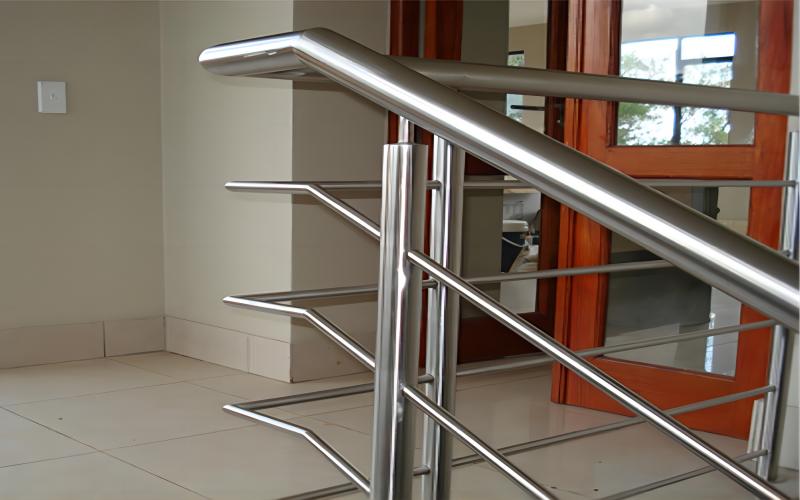
Automobiles
Exhaust pipes are where stainless steel is most commonly used in autos. The usage of ferritic stainless steels (AISI 409/409Cb widely used in North America and EN1.4511 and 1.4512 commonly used in Europe) is necessary for environmental protection since it reduces pollutants and noise throughout the life cycle of the vehicle. They are utilized in tailpipes, mufflers, catalytic converters, pipes, collectors, and pipes. Components of turbochargers are made of thermal grades EN 1.4913 or 1.4923; exhaust gas recirculation, intake valves, and exhaust valves are made of different thermal grades. Additionally, stainless steel is employed in springs, fasteners, seatbelt operating devices, common rail injection systems, injectors, reinforcements for windscreen wiper blades, seatbelt operating device balls, and other components.
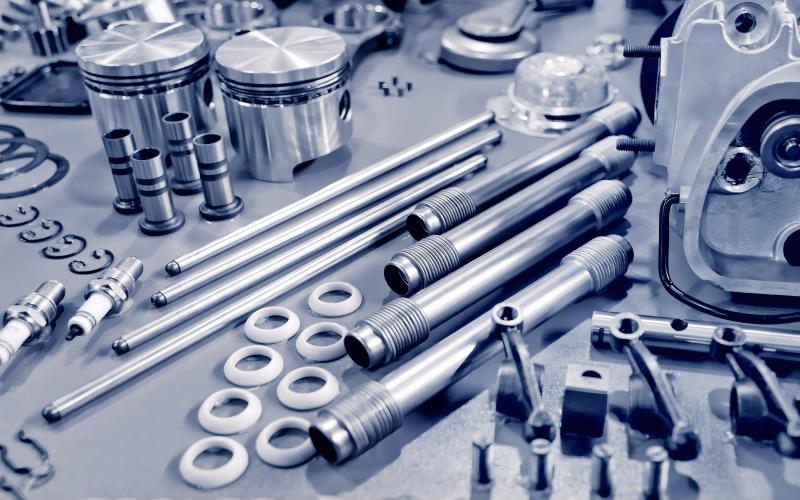
Aircraft and Spacecraft
The Bud BB-1 Pioneer and the Bud RB-1 Conestoga are two airplanes that Bud made out of stainless steel tubing and sheet. With the exception of the control surfaces, the RB-2 was almost entirely constructed of stainless steel.
The spot-welded stainless steel fuselage of the 1936 U.S. Fleet Seabird amphibious aircraft was another notable feature.
The Bristol Aircraft Company created the all-stainless steel Bristol 188 high-speed research aircraft, which made its first flight in 1963, because of its thermal stability. Later high-speed aircraft, like the Concorde, were constructed with aluminum alloys due to concerns with practicality. Due to the extraordinarily high heat produced at high speeds, the US experimental Mach 3 bomber XB70 Valkyrie extensively used stainless steel in its external structure.
Stainless steel is also used in aerospace. Early Atlas rockets used stainless steel in their fuel tanks. Components of the future Space Launch System and the structural shell of the SpaceX interplanetary spacecraft will be the second and third rockets to use stainless steel, respectively.
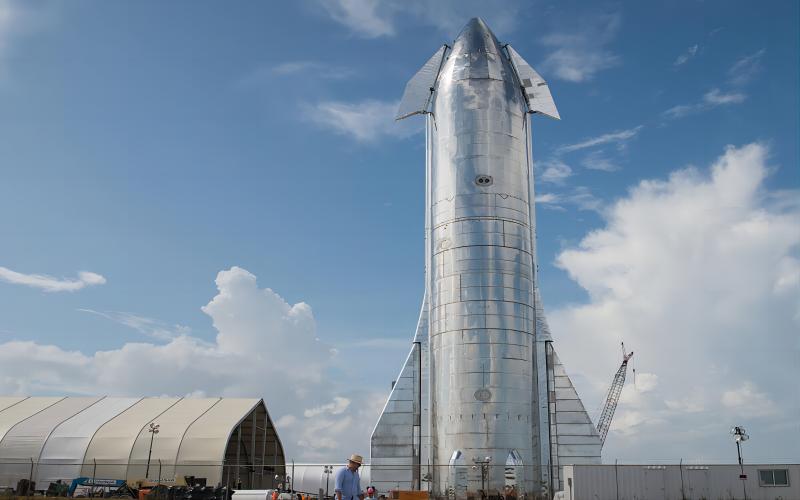
Medicine
Stainless steel is frequently used to make surgical instruments and medical equipment because it is strong and can be sterilized in autoclaves. Additionally, specific alloys designed to withstand corrosion, mechanical wear, and biological responses in the body are used to create surgical implants such as bone reinforcements and replacements (such as acetabular and cranial plates).
Stainless steel is used in dentistry in a variety of ways. Numerous sterile devices, including needles, endodontic root canal files, metal stumps in endodontically treated teeth, temporary crowns, milk tooth crowns, and orthodontic archwires and brackets, are frequently made of stainless steel.
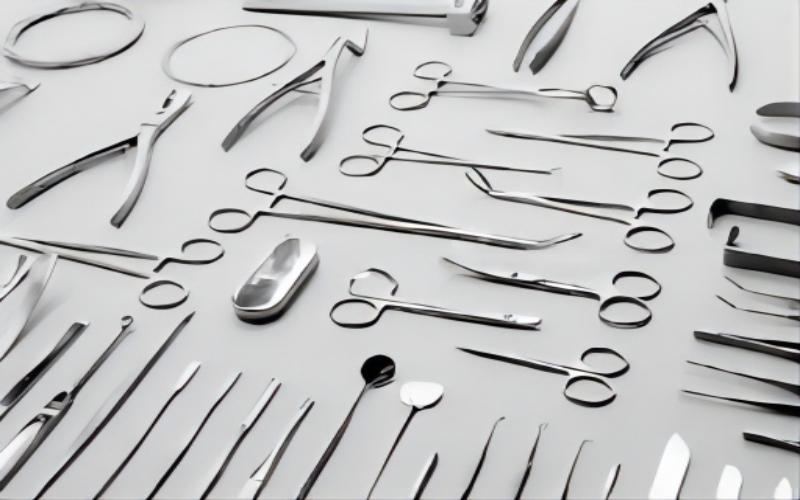
Food and Drink
The food and beverage industry prefers austenitic (300 series) stainless steels, particularly types 304 and 316, however martensitic and ferritic (400 series) steels are also utilized. The benefits of stainless steel are its durability, ease of cleaning, and sterilization to prevent bacterial contamination of the food and lack of taste alteration. Stainless steel is widely used in the food and beverage industry for cookware, industrial kitchens, food processing, beer and wine production, and meat processing.
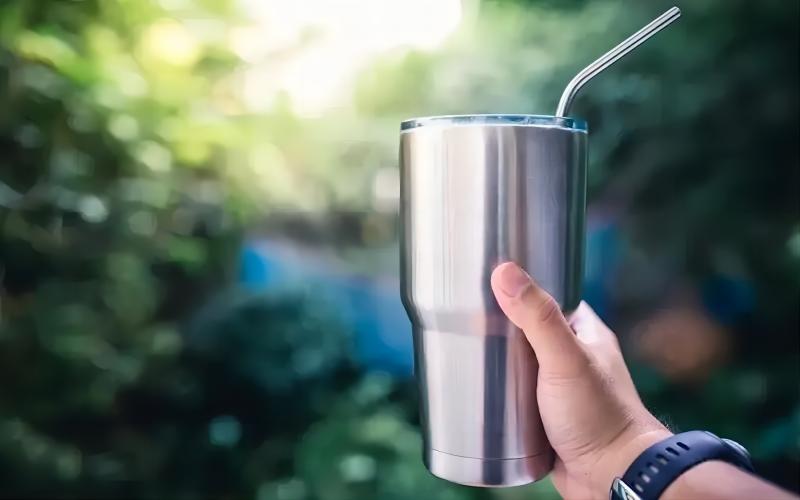
Energy
From solar power plants to nuclear power plants, stainless steel is employed in all sorts of power plants. When penetration of gases or liquids is necessary, such as in filters for cooling water or hot gas purification or structural supports in electrolytic power production, stainless steel is perfectly suited as a mechanical support for power generation equipment.
When electrical energy is converted into hydrogen through water electrolysis, stainless steel can be utilized in electrolyzers (the most popular types are proton exchange membranes and solid oxide electrolyzers). The converse reaction, combining hydrogen and oxygen to create water and power, is also accomplished by using it in fuel cells.
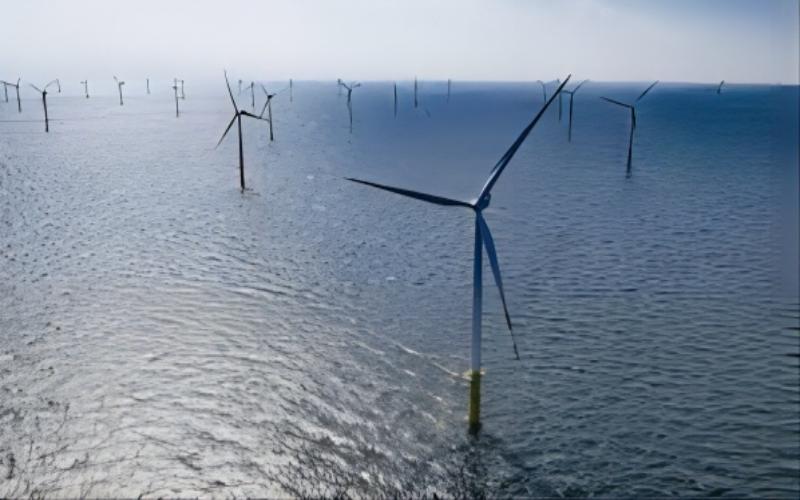
Firearms
Guns Some firearms include stainless steel components rather than blued or parkerized steel ones. Some versions, like the Colt M1911 pistol and the Smith & Wesson Model 60, can be manufactured entirely of stainless steel. This results in a high-gloss surface that resembles nickel plating. This coating, as opposed to plating, won’t flake, peel, wear from friction (such as when being repeatedly pulled from a holster), or rust from scratches.
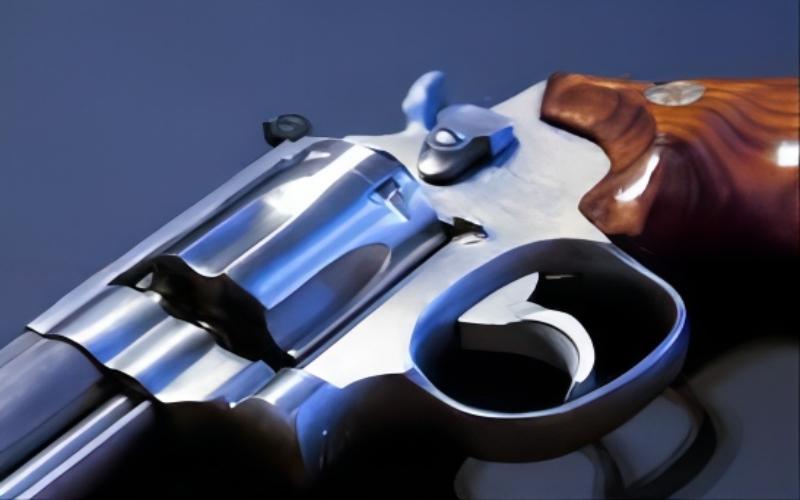


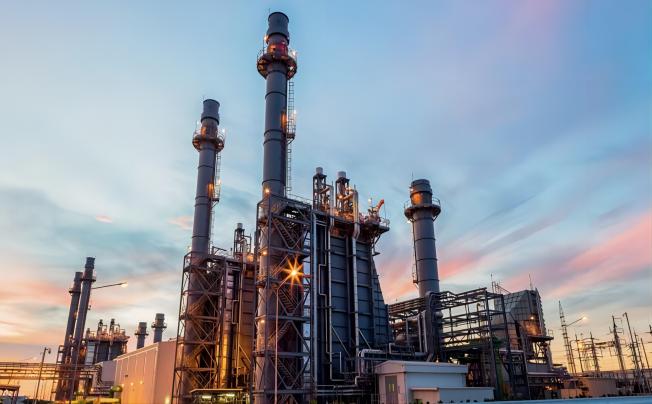 Stainless Steel Pipe?">
Stainless Steel Pipe?">